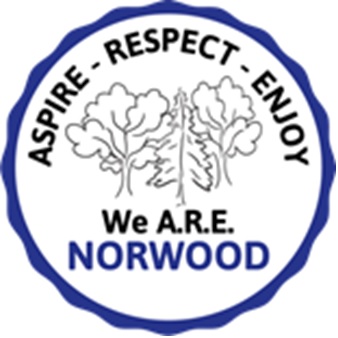Art and Design
Welcome to the Arts!
Here is the Arts Team: Miss K Mills, Mrs J Healy and Mrs R Jenkinson. They are all passionate about all the Arts (Music, Art and Design Technology).
Miss K Mills (Year 2) loves all the Arts because of the sheer joy that they bring to all. Miss K Mills loves to make handcrafted cards in her spare time and loves to be creative with gifts for friends and family. Miss K Mills is so happy to be on this team and is beyond excited about the upcoming Arts Festival.
Mrs R Jenkinson (KS1) - is passionate about the Arts being the gateway to children's creativity. She loves to find ways to weave art, dance, drama, crafts and music into children's lives, in to the classroom and in extra curricular clubs. She particularly loves running her Creative Club, where children can paint, craft and sing!
Mrs J Healy (Year 5) has a total love for the performing arts from a very young age. She is very passionate about sharing this with children to help their creativity and provide them with opportunities that they may never get elsewhere, including taking part in school productions. Mrs Healy loves to mosaic in her free time and is incredibly excited for the Arts Festival.
Intent
The school believes that Art is a vital part of children’s education and has a significant and valuable role in the taught curriculum, as well as the enrichment opportunities we offer our pupils. The Art curriculum will develop children’s critical abilities and understanding of their own and others’ cultural heritages through studying a diverse range of male and female artists.
Children will develop their understanding of the visual language of art with effective teaching and considered sequences of lessons and experiences. Understanding of the visual elements of art and design (line, tone, texture, colour, pattern, shape, 3D form) will be developed by providing a curriculum which will enable children to reach their full potential. At Norwood, we believe in the culture of art and using a wide range of media. As a school, we are constantly improving our knowledge of artists and sculptors.
Implementation
The skills and knowledge that children will develop throughout each Art topic are mapped across each year group and throughout the school to ensure progression. The emphasis on knowledge ensures that children understand the context of the artwork, as well as the artists that they are learning about and being inspired by. This enables links to other curriculum areas, including humanities, with children developing a considerable knowledge of individual artists as well as individual works and art movements. A similar focus on skills means that children are given opportunities to express their creative imagination, as well as practise and develop mastery in the key processes of Art: drawing, painting, printing, 3D modelling and architecture.
Impact
Classroom displays reflect the children’s sense of pride in their artwork and this is also demonstrated by creative outcomes across the wider curriculum. The school environment also celebrates children’s achievements in art and demonstrates the subject’s high status in the school, with outcomes, including sculptures, enhancing the outdoor as well as indoor environment.
The Art curriculum at Norwood Primary contributes to children’s personal development in creativity, independence, judgement and self-reflection.
By the end of a pupil’s time in Norwood, we want our children in Art to:
- Use a range of processes with success to create art (e.g. drawings, paintings, sculpture, collage, printing, e-art and textiles).
- Draw an object accurately from direct observation.
- Select and use a range of media with control (e.g. pencil, watercolours, poster paint, chalk pastel, oil pastel).
- Use visual and tactile elements to achieve my intentions (e.g. colour, pattern, texture, line, shape, form and space).
- Mix paint effectively to achieve a desired colour.
- Know the difference between drawing pencils (e.g. 2H, HB, 2B), paints (e.g. poster and watercolour) and pastels (chalk and oil); and know their effect including when talking about famous art.
- Know some famous artists (at least four, including at least one designer and at least one architect) and can comment on their work, including similarities and differences and making reference to visual and tactile elements.
- Know some different styles of art (e.g. Impressionism, Pop art, surrealism) and artists who contributed to them.



































